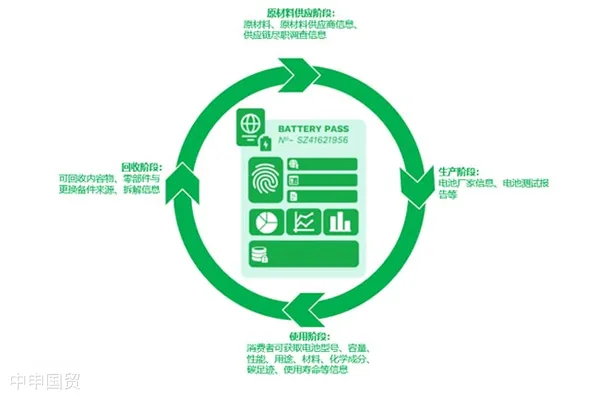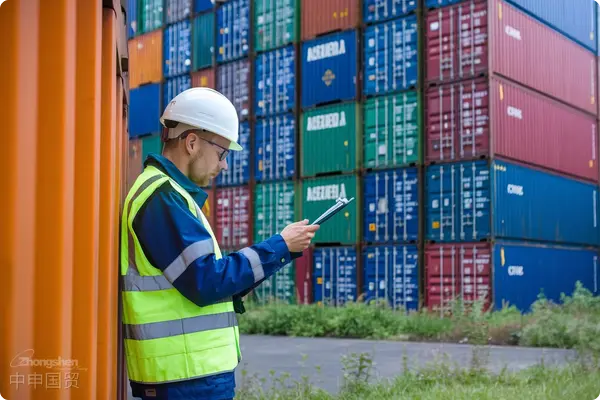- Shanghai Zhongshen International Trade Co., Ltd. - Two decades of trade agency expertise.
- Service Hotline: 139 1787 2118
I. Regulatory Changes: From Directives to Regulations
The EUs battery regulatory process started with the Directive on Batteries and Accumulators and Waste Batteries and Accumulators in 2008, mainly focusing on the compliant placement of batteries in the EU market, the reduction of the use of hazardous substances, and the improvement of the collection and treatment levels of waste batteries. However, since directives need to be implemented separately by each member state in the EU legal system, a unified rule has not been formed. Now, the Regulation on Batteries and Waste Batteries comes into effect directly in each member state as a regulation, meaning that EU countries will adopt unified battery management regulations. The regulation covers a wide range, involving various types of batteries, such as electric vehicle batteries and industrial batteries, etc., and also has detailed regulations on each stage of the entire battery life cycle and the entities involved.
II. Comprehensive Supervision: From Carbon Footprint to Battery Passport:
1、Battery Carbon Footprint:
To ensure that batteries, as green energy, truly achieve energy conservation and emission reduction, the regulation specifically introduces relevant provisions on the battery carbon footprint. This provision focuses on the carbon emissions generated during the expected entire life cycle of the battery. For specific implementation, the EU battery regulation also sets specific carbon footprint requirements for different types of batteries, clarifying the implementation time and standards.
2、Supply Chain Due Diligence:
The regulation sets strict requirements for the supply chain due diligence of battery operators, aiming to ensure the security, transparency, and sustainability of the battery product supply chain. And Chinese battery products in the European market may be affected by more factors other than price advantages, such as the compliance of the supply chain.
3、Minimum Target for the Proportion of Recyclable Battery Materials:
In order to reduce dependence on critical raw materials, the regulation also sets a minimum percentage target for the use of recycled battery materials. This echoes other recent EU regulations on critical raw materials, aiming to improve the security and diversity of the EUs supply chain.
4、Restrictions on Toxic and Hazardous Substances in Batteries:
The regulation further clarifies the restrictions on the use of hazardous substances in batteries, which is consistent with the EUs REACH regulation, further strengthening the battery environmental protection standards.
5、Extended Producer Responsibility:
The regulation clarifies the responsibility of battery producers for the entire battery life cycle, including the collection, transportation, and recycling of waste batteries. This echoes Chinas battery industry system, both emphasizing the extended responsibility of producers.
6、Battery Passport:
The battery passport is another innovation in the regulation. It aims to improve the transparency and traceability of the battery supply chain and provide the public and regulatory authorities with detailed data on the entire battery life cycle.
.

The EUs new Regulation on Batteries and Waste Batteries puts forward higher requirements for the battery industry and at the same time provides a clear legal basis for ensuring the green and sustainable characteristics of batteries. For Chinese vehicle manufacturers and battery manufacturers, this is undoubtedly a challenge, but also an opportunity. Only by fully understanding and complying with these new regulations can they ensure continuous and stable development in the European market.New energyThe EUs New Battery Regulation: Comprehensive Supervision of Change_Shanghai Zhongshen International Trade Import and Export Agency Service
Related Recommendations
Contact Form
? 2025. All Rights Reserved. 滬ICP備2023007705號(hào)-2  PSB Record: Shanghai No.31011502009912
PSB Record: Shanghai No.31011502009912









